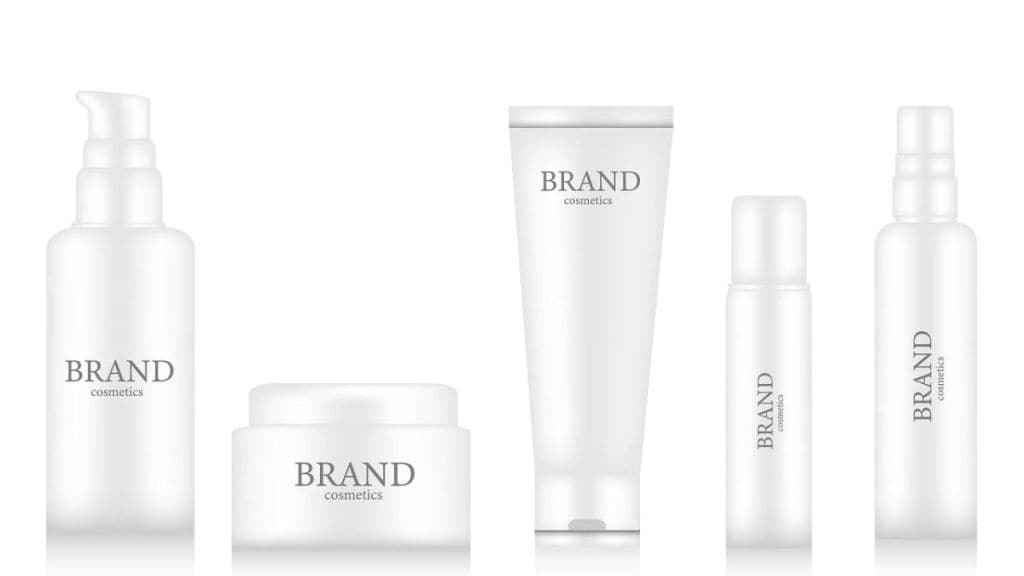By Rahul Aggarwal
In the ever-evolving landscape of the beauty industry, change is the only constant. Over the years, we have witnessed remarkable shifts in consumer behaviour, from in-store purchases to the digital age of e-commerce. However, one of the most significant revolutions in the beauty sector is the rise of direct-to-consumer (D2C) brands as it offers advantageous benefits to both consumers and companies in the industry.
The traditional beauty retail model
For decades, the beauty industry has largely relied on a traditional retail model, with consumers purchasing products from brick-and-mortar stores. While this approach offered a tactile shopping experience, it also came with limitations. Consumers were often overwhelmed by the vast array of products, struggled to access information about ingredients, and faced the challenge of finding solutions tailored to their specific needs.
The rise of D2C skincare brands
In recent years, D2C skincare brands have disrupted this conventional model, offering consumers a more personalised and convenient shopping experience. These brands have capitalised on the digital era, leveraging the power of e-commerce, social media, and direct engagement with consumers to deliver a unique and empowering buying journey. According to a report by RedSeer, the D2C market in India is projected to reach $100 billion by 2025. This remarkable growth underscores the significant shift in consumer preferences towards online shopping, and skincare brands are seizing this opportunity.
The D2C advantage: Personalisation and transparency
One of the most compelling aspects of D2C skincare brands is the commitment to personalisation, using data analytics and consumer insights to curate product recommendations tailored to individual skin types, concerns, and preferences. This personalised approach ensures that consumers receive products that cater specifically to their needs, eliminating the guesswork and trial-and-error often associated with traditional skincare purchases.
Additionally, transparency is the way to move forward, providing detailed information about ingredients, sourcing, and manufacturing processes, empowering consumers to make informed choices about what they put on their skin. In an era where consumers are increasingly conscious of the products they use, this transparency builds trust and fosters long-term relationships.
Made in India, for India
A notable trend in the D2C skincare revolution in India is the emergence of homegrown brands that are creating products tailored for the Indian skin type and climate. India’s diverse climate, ranging from the harsh summers to the chilly winters, presents unique skincare challenges. Brands are stepping up to address these concerns by formulating products that are specifically designed to combat issues such as sun damage, pollution, and humidity. According to a report by TechSci Research, the Indian cosmetics and skincare market is projected to grow at a CAGR of over 20% during 2021-2025. This growth is fueled in part by the increasing demand for products that cater to Indian consumers’ unique needs and preferences.
The sustainability factor
In an age where sustainability is paramount, brands are also leading the charge in adopting eco-friendly practices. Many of these brands prioritise sustainable packaging, reduce waste, and support ethical sourcing and manufacturing. This commitment to sustainability resonates with environmentally-conscious consumers, aligning with India’s growing focus on eco-friendly choices. The GlobalData Consumer Survey revealed that 57% of Indian consumers consider the environmental impact when choosing personal care and skincare products. D2C brands that champion sustainability are thus well-positioned to capture this environmentally-aware market.
A shift in marketing strategies
According to a report by InfluencerDB, India has one of the fastest-growing influencer marketing markets in the world, with an estimated 75 million Instagram users in 2021. D2C brands recognise the power of influencer collaborations in reaching and resonating with their target audience. D2C brands rely heavily on social media, influencers, and content marketing to engage with consumers directly. By creating engaging content and forming authentic relationships with their audience, brands foster a sense of community and loyalty.
Challenges and opportunities ahead
While D2C skincare brands have disrupted the beauty industry in remarkable ways, they also face their own set of challenges. Competition is fierce, and consumers can become overwhelmed by the sheer number of choices available online. To succeed, brands must continue to innovate, focus on delivering exceptional customer experiences, and maintain the trust they have built. Furthermore, the shift towards D2C has also prompted traditional retailers to adapt and evolve. Many established brands are now exploring D2C channels to connect directly with consumers and compete in this new landscape.
The direct-to-consumer revolution in skincare has reshaped the beauty industry in India. With personalisation, transparency, and sustainability at its core, this model has empowered consumers like never before. As Indian consumers become increasingly discerning and conscious of the products they use, D2C skincare brands are well-positioned to thrive and cater to their evolving needs. At Organic Harvest, we believe in the power of D2C to provide consumers with safe, effective, and sustainable skincare solutions. We are proud to be a part of this transformative journey and look forward to continuing to redefine beauty commerce in India. As we embrace the future of skincare, one thing is clear: D2C is not just a trend; it’s a revolution that’s here to stay.
The author is founder of Organic Harvest


